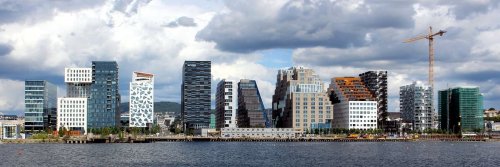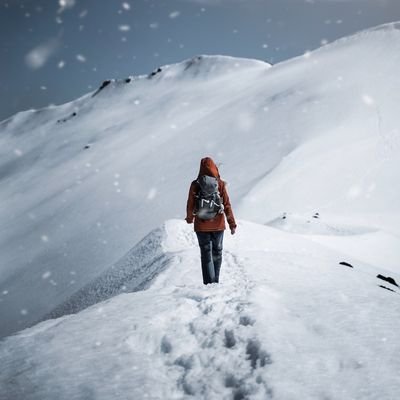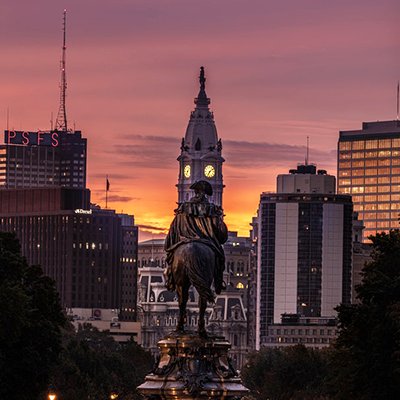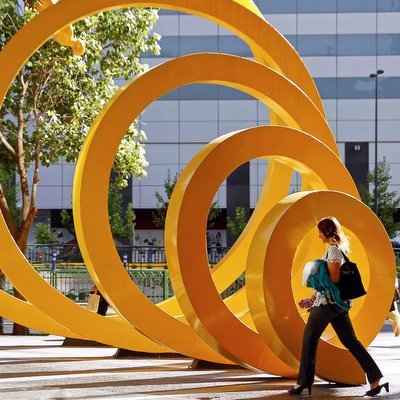Norway’s capital city, Oslo is experiencing a rebirth and has developed into a world-class city with a conscience. An emphasis on social responsibility and gender equality creates the backdrop for the everyday lives of its 675,000 inhabitants.
The city also offers a robust arts and culture scene, with new buildings for museums, an opera house and other spotlessly clean structures, parks and an enviable mass transit system. It’s the second-richest city in the world, according to the Brookings Institute, in terms of gross domestic product per capita, but Oslo’s residents do not flaunt their wealth.
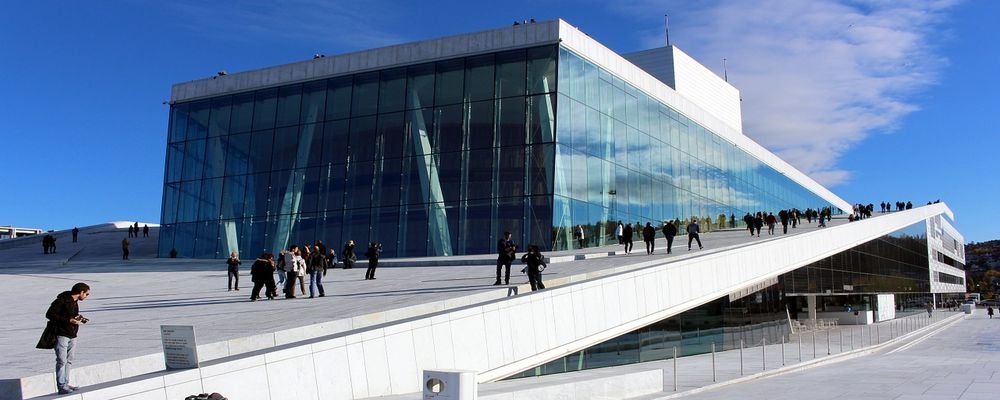
Scenically situated at the head of a fjord on Norway's southern coast, the Oslo region was a prosperous and important area during the Viking Age (800-1050 AD), which is credited for bringing trade, colonization and exploration to European territories. Oslo is also said to have to be founded by Vikings.
The Viking Age had a great impact on the prosperity and international trade of a country where “rugged” defines a significant portion of the population, even today. These are people who enjoy being outdoors in any kind of weather!
Oslo has a fantastic public transportation system (clean, efficient) which comprises buses, trams, trains and ferries (take the train from the sleek and chic airport into the city) and for which you need to download the Ruter app (it’s quite simple to navigate and available in English).
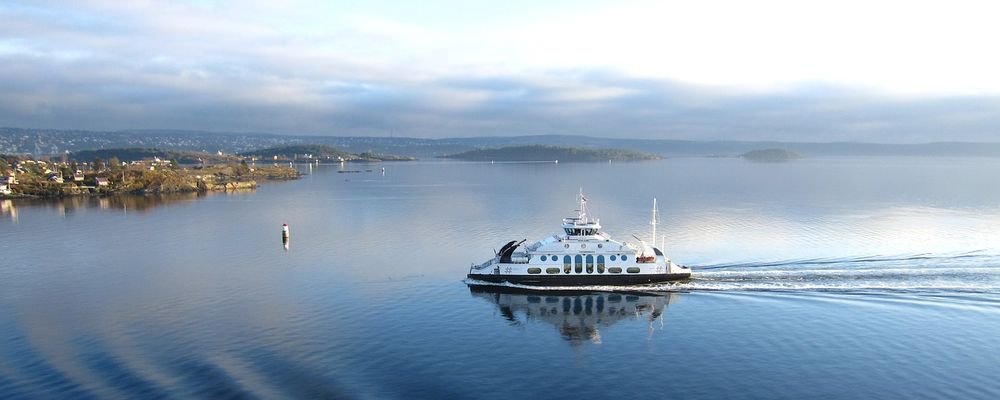
You can get plenty of insight into the city’s Viking heritage and a great introduction to Oslo by taking a ferry and walking a few blocks to reach the Viking Ship Museum. There, you’ll see two fully restored ships and other treasures of the Viking era (make sure to see the 15-minute movie included in the price of admission). At the same location is the Museum of Cultural History, which is also worth visiting for its exhibitions on Norwegian history from the Stone Age through the Middle Ages.
Next, catch the B3 ferry from the city hall harbor for a terrific view of the city from the water and a peek at some of the small villages on the nearby islands that people commute to/from each day. The brightly painted wood frame houses—a typical design aesthetic in Norway—are a cheery feast for the eyes. For longer fjord sightseeing trips of up to two hours, check the Oslo Fjord sightseeing ticket stall on the same pier.
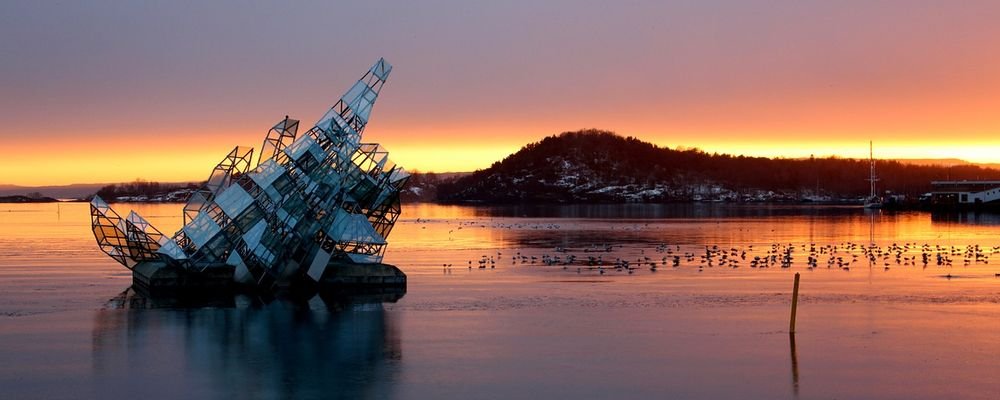
Vigeland Park is the world’s largest sculpture park created by one artist and the most popular tourist destination in Norway. More than 200 sculptures are laid out throughout the museum. Explore the park, the fountain, and admire the bronze, granite and iron sculpture collection.
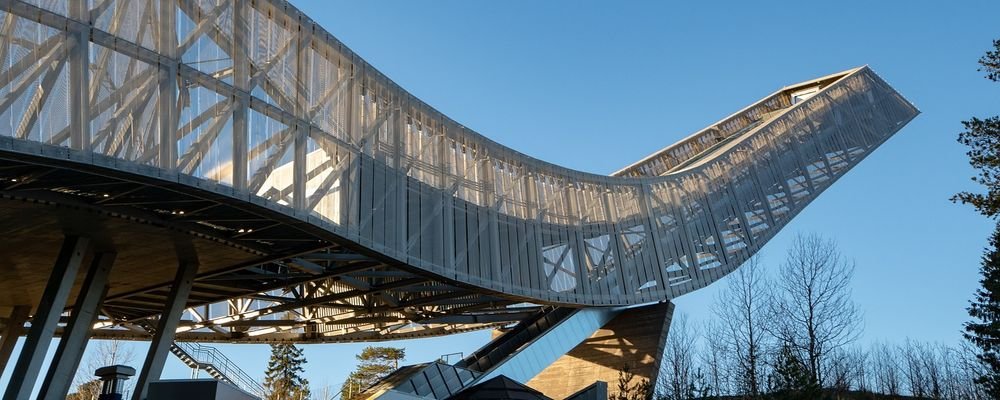
In the hilly, suburban residential section called Holmenkollen, ski fanatics can visit the ski museum, located underneath the famous landmark ski jump. The museum presents more than 4,000 years of skiing history, Norwegian polar exploration artifacts and an exhibition on snowboarding and modern skiing.
One last word about Norwegians’ favorite snack, hot dogs—hot dog stands can be found everywhere, from gas station stops, which are smart and clean, to convenience stores. The Norwegian hot dog (polse) is one of the cheapest snacks available in Oslo and one of the best: boiled sausages are served on yeasty tortillas rolled with vegetables and sauces. It is said that 450 million hot dogs are eaten in Norway each year — about 100 per person!
Isabelle Kellogg's press relations career, with a speciality in travel and hospitality, enabled her to make an easy transition to journalism and write about the topics she loves.

